
Severity: Notice
Message: Undefined index: HTTP_ACCEPT_LANGUAGE
Filename: controllers/Homepage.php
Line Number: 14
Backtrace:
File: /home/oceantravel/www/application/controllers/Homepage.php
Line: 14
Function: _error_handler
File: /home/oceantravel/www/index.php
Line: 315
Function: require_once
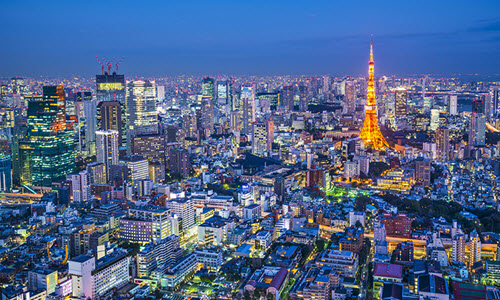
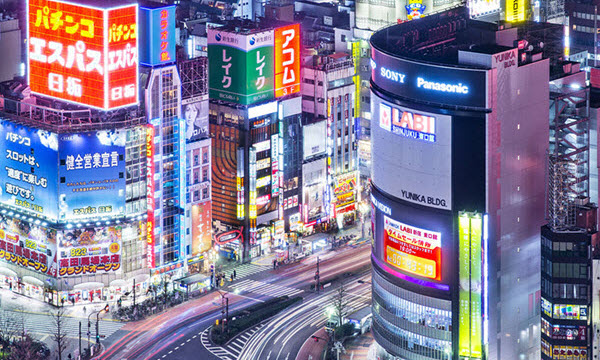
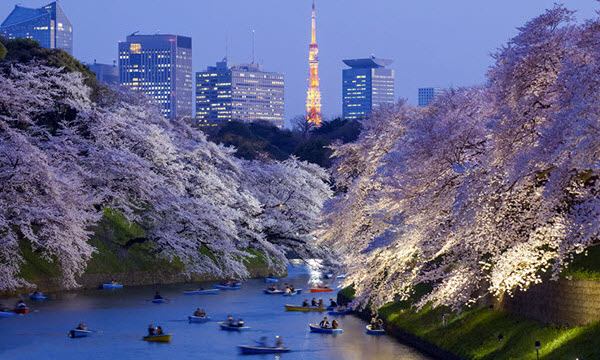
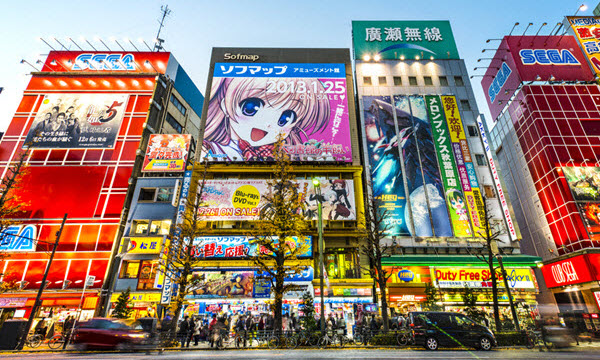
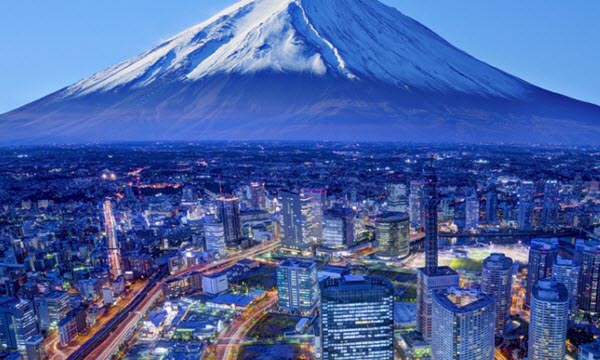
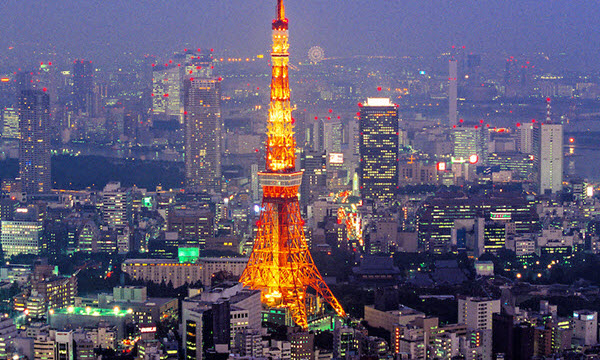
Honshu is the largest and most populous main island of Japan. It is located south of Hokkaido across the Tsugaru Strait, north of Shikoku across the Inland Sea, and northeast of Kyushu across the Kanmon Straits. It is the 7th largest island in the world, and the 2nd most populous after the Indonesian island of Java. The island is roughly 1,300 km long and ranges from 50 to 230 km wide, and its total area is 227,960 km2. Honshu had a population of 104 million as of 2017, mostly concentrated in the coastal areas and plains. Approximately 30% of the total population resides in the Greater Tokyo Area on the Kantō Plain. As the historical center of Japanese cultural and political power. Most of Japan's industry is located in a belt running along Honshu's southern coast, from Tokyo to Nagoya, Kyoto, Osaka, Kobe, and Hiroshima; by contrast, the economy along the northwestern Sea of Japan coast is largely based on fishing and agriculture. The island is linked to the other three major Japanese islands by a number of bridges and tunnels. Its climate is humid and mild.




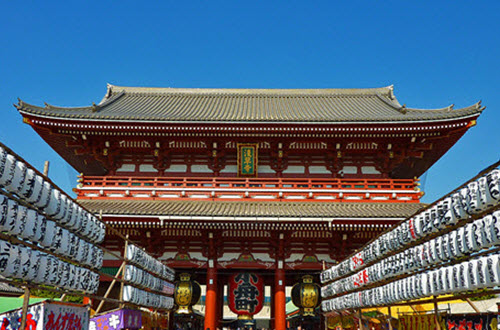
Sensō-ji is an ancient Buddhist temple located in Asakusa, Tokyo, Japan. It is Tokyo's oldest temple, and one of its most significant. Formerly associated with the Tendai sect of Buddhism, it became independent after World War II. Adjacent to the temple is a five-story pagoda, the Asakusa Shinto shrine, as well as many shops with traditional goods in the Nakamise-dōri. The Sensoji Kannon temple is dedicated to Kannon Bosatsu, the Bodhisattva of compassion, and is the most widely visited spiritual site in the world with over 30 million visitors annually. The temple has a titanium tiled roof that maintains the historic image but is stronger and lighter.

Tokyo Skytree is a broadcasting and observation tower in Sumida, Tokyo. It became the tallest structure in Japan in 2010 and reached its full height of 634.0 metres in March 2011, making it the tallest tower in the world.
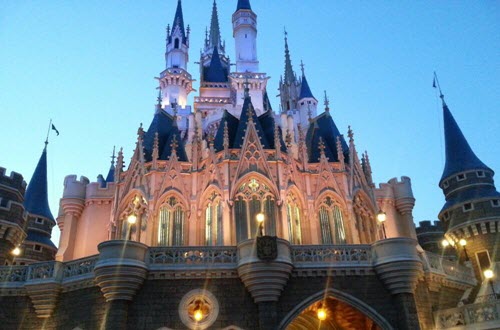
Tokyo Disneyland is a 115-acre (47 ha) theme park at the Tokyo Disney Resort in Urayasu, Chiba Prefecture, Japan, near Tokyo. Its main gate is directly adjacent to both Maihama Station and Tokyo Disneyland Station. It was the first Disney park to be built outside the United States. The park has seven themed areas: the World Bazaar; the four traditional Disney lands: Adventureland, Westernland, Fantasyland and Tomorrowland; and two mini-lands: Critter Country and Mickey's Toontown. Many of these areas mirror those in the original Disneyland as they are based on American Disney films and fantasies. Fantasyland includes Peter Pan's Flight, Snow White's Scary Adventures, Dumbo the Flying Elephant, based on Disney films and characters. The park is noted for its extensive open spaces, to accommodate the large crowds that visit the park.
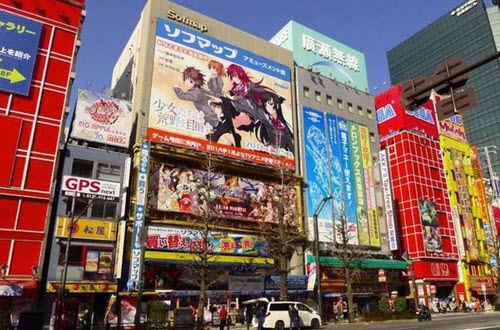
Akihabara is a common name for the area around Akihabara Station in the Chiyoda ward of Tokyo, Japan. Akihabara is considered by many to be the centre of modern Japanese popular culture and a major shopping district for video games, anime, manga, electronics and computer-related goods. Icons from popular anime and manga are displayed prominently on the shops in the area, and numerous maid cafés and some arcades are found throughout the district.
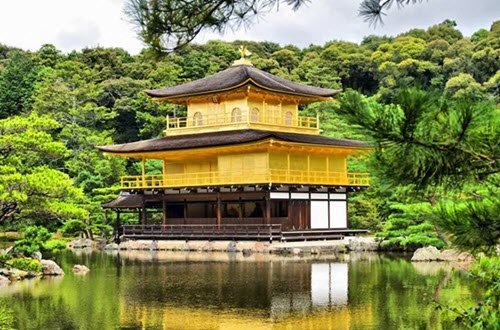
Kinkaku-ji 'Temple of the Golden Pavilion', officially named Rokuon-ji 'Deer Garden Temple', is a Zen Buddhist temple in Kyoto, Japan. It is one of the most popular buildings in Japan, attracting many visitors annually. It is designated as a National Special Historic Site, a National Special Landscape and is one of 17 locations making up the Historic Monuments of Ancient Kyoto which are World Heritage Sites. On 2 July 1950, the pavilion was burned down by a 22-year-old novice monk, Hayashi Yoken, and was rebuild in 1995.

Nara Park is a public park located in the city of Nara, Japan, at the foot of Mount Wakakusa. Established in 1880 it is one of the oldest parks in Japan. Administratively, the park is under the control of Nara Prefecture. The park is one of the 'Places of Scenic Beauty' designated by the Ministry of Education, Culture, Sports, Science and Technology. Over 1,200 wild sika deer freely roaming around in the park are also under designation of MEXT, classified as natural treasure. While the official size of the park is about 502 hectares, the area including the grounds of Tōdai-ji, Kōfuku-ji, and Kasuga Shrine, which are either on the edge or surrounded by Nara Park, is as large as 660 hectares. While Nara Park is usually associated with the broad areas of the temples and the park proper, previously private gardens are now open to public. These gardens make use of the temple buildings as adjunct features of their landscapes. The park is home to the Nara National Museum and Todai-ji, where the largest wooden building in the world houses a 15-metre tall statue of Buddha.
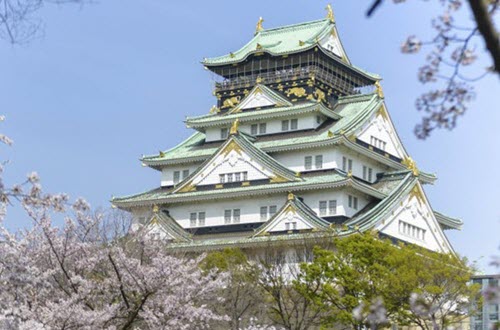
Osaka Castle Park is a public urban park and historical site situated at Osaka-Jō in Chūō-ku, Osaka, Japan. It lies on the south of the Ōkawa and occupies a large area in the center of the city of Osaka. This park is the second largest park in the city. The park was constructed on a site with a long history. In the fifteenth century, a militant temple, Ishiyama Hongan-ji, was built here. In 1583, Toyotomi Hideyoshi destroyed Ishiyama Hongan-ji and built Osaka Castle here. From 1870 to 1945 the Osaka Imperial Arsenal used a large area, and it was destroyed at end of World War II. In 1931, Osaka Castle Park was opened to the public, but most of the area was used by the Imperial Japanese Army. After World War II, most of the military complex was removed and replaced by the public urban park. In the park, there is Osaka Castle Hall, a large athletic field, baseball field, football field, open-air music theatre, open-air concert hall, and Osaka Castle Keep Tower. From the top of keep tower, the vista includes Osaka Bay to Mount Ikoma, which surround the Osaka Plain. Many busking groups perform in the park. In spring, cherry blossom and plum blossom viewing is popular at this park.

亲测靠谱
只有亲身体验过
的才敢推荐给您

精致高端
心无旁骛
专注精致高端旅行

匠心缔造
匠心打磨
用恰当的方式体检当地精华

主题定制
旅行就该个性喷张
海洋观光为您私人定制

全程服务
不止关注预定
更为您的行程体验全程负责